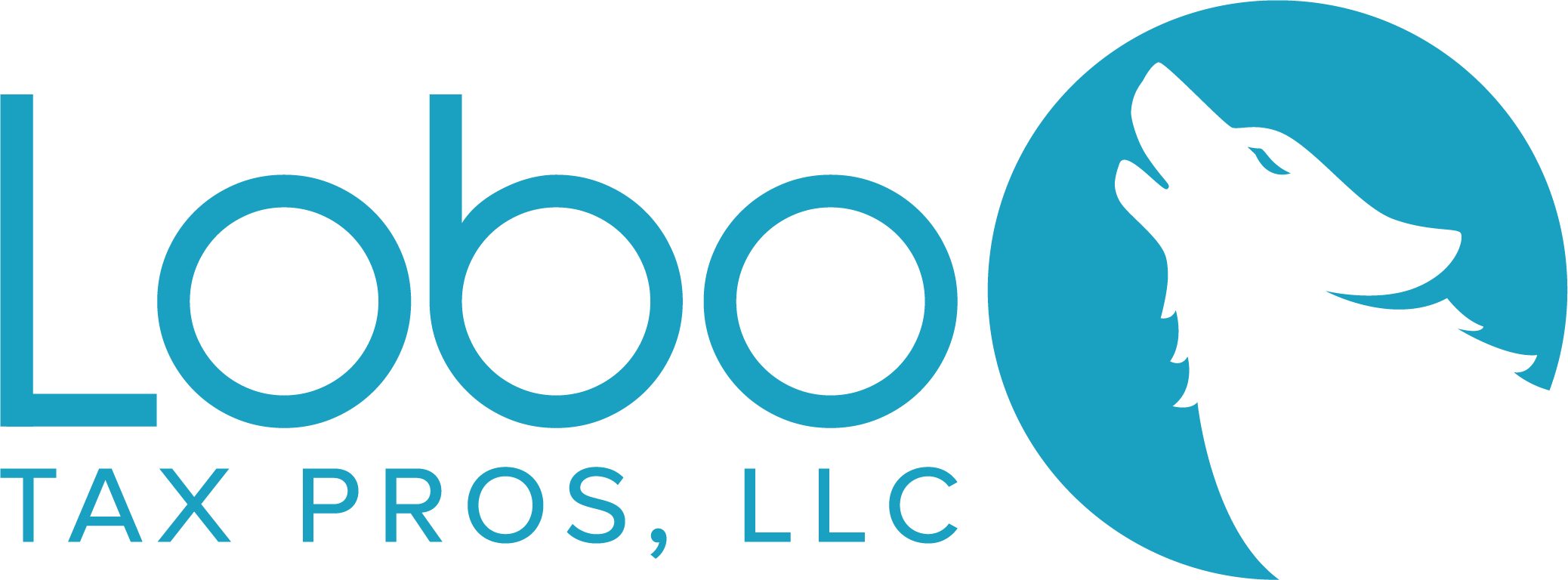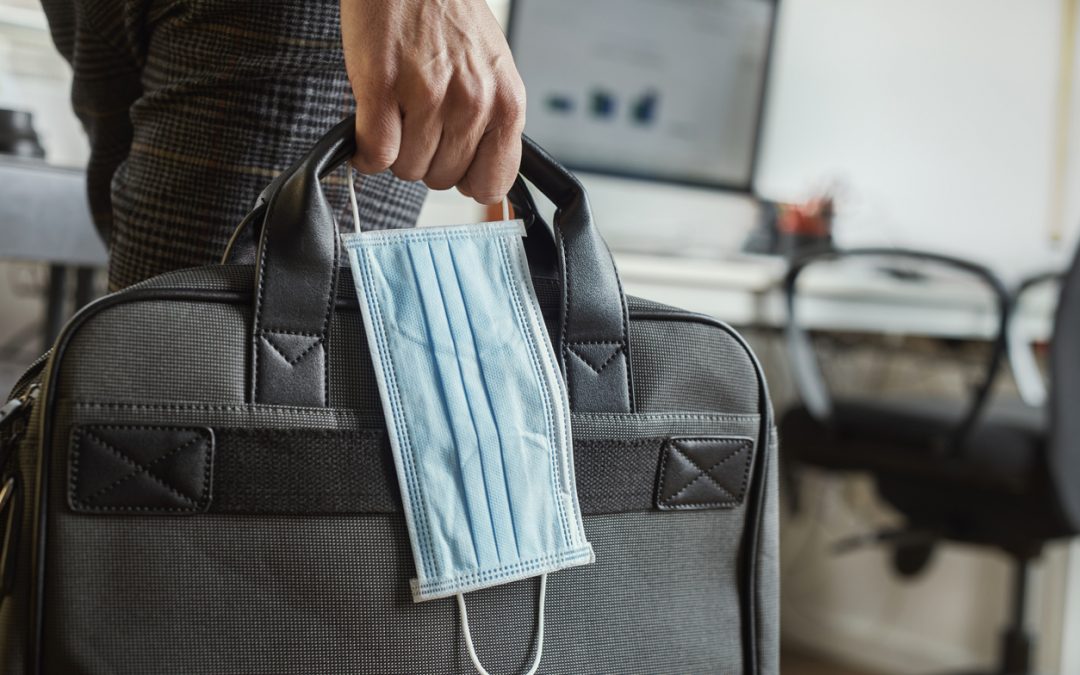Economic Injury Disaster Loan
Economic Injury Disaster Loan also known as EIDL is a SBA loan that provides federal assistance to businesses affected by the Covid-19 crisis. This loan requires you to apply on the SBA website. Two million dollars is the most a single business can receive and the interest rates cannot exceed 4%. Also, when using the EIDL, you can apply for an EIDL Advance grant which can be up to $10,000 and does not require repayment.
Applying for the EIDL Advance does not automatically guarantee you will be receiving $10,000 in grant funds. The SBA is giving $1,000 per employee in the company and if you are a sole proprietor you are only eligible for $1,000. The first payment for the non-grant portion of the EIDL begins 12 months from the promissory note.
Allowable expenses for the EIDL
“Fixed debts (rent, etc.)
Payroll
Accounts payable
Some bills that could have been paid had the disaster not occurred.”¹
Expenses not allowed
“Dividends and bonuses
Disbursements to owners, unless for performance of services
Repayment of stockholder/principal loans (with exceptions)
Expansion of facilities or acquisition of fixed assets
Repair or replacement of physical damages
Refinancing long-term debt
Paying down (including regular installment payments) or paying off loans provided, or owned by another Federal agency (including SBA) or a Small Business Investment Company
Payment of any part of a direct Federal debt, (including SBA loans) except IRS obligations”¹
Using the EIDL for expenses that are not allowed can affect SBA forgiveness for the grant portion.
You must keep good records of your EIDL loan expenses. It is recommended to open a separate bank account for the funds so that only the allowable expenses will be used from the funds.
SBA requires you to keep records “for the most recent 5 years until 3 years after the date of maturity, including extensions, or the date this loan is paid in full, whichever occurs first.”²
Paycheck Protection Program
“The Paycheck Protection Program is a loan designed to provide a direct incentive for small businesses to keep their workers on the payroll.
SBA will forgive loans if all employees are kept on the payroll for eight weeks and the money is used for payroll, rent, mortgage interest, or utilities.”¹
Unlike the EIDL, this loan is processed through your bank and is usually done via the bank’s website.
To maximize your forgiveness for this loan you must stay within the ratio for their allowable expenses. The ratio for the allowable expenses is 60% or more of the loan must be used for payroll and the remaining expenses such as rent, mortgage interest, and utilities, must be 40% or lower.
Any expense that is not allowed or not within the ratio will have to be paid back within a two-year term at a 1% interest rate.
Similar to the EIDL, you must keep good records. Our recommendation is to have a separate bank account to make it easier to manage the funds and to only allow the allowable expenses to be used. Additionally, we recommend using a PPP tracker template to ensure you stay within the ratio. At the bottom of this article you will see a free PPP loan tracker in Excel that will help you stay within the ratio.
After a few weeks, your bank will evaluate if you’re eligible for the forgiveness of this loan. If you put the funds in a different bank account and use the PPP tracker template it will definitely increase your chances of acquiring loan forgiveness.
I hope after reading this article you have a better understanding of how these loans work and what you need to do for each of these loans to be forgiven.
If you have any questions or thoughts on this topic, please leave your comments below. If you are interested in speaking to one of our accountants, please email us at [email protected] and one of our accountants will return your email as soon as possible.
¹Small Business Administration. “COVID-19 Relief for Small Busienss.” SBA.gov. https://www.sba.gov/sites/default/files/articles/EIDL_and_P3_4.1.2020_FINAL_2pm.pdf. (accessed June 23, 2020).
²Thompson, Brian. “SBA Approved Economic Injury Disaster Loan(EIDLs): What You Need To Know .”forbes.com.https://www.forbes.com/sites/brianthompson1/2020/05/20/sba-approving-economic-injury-disaster-loans-eidls-what-you-need-to-know/#1460c0326120. (accessed June 23, 2020)

